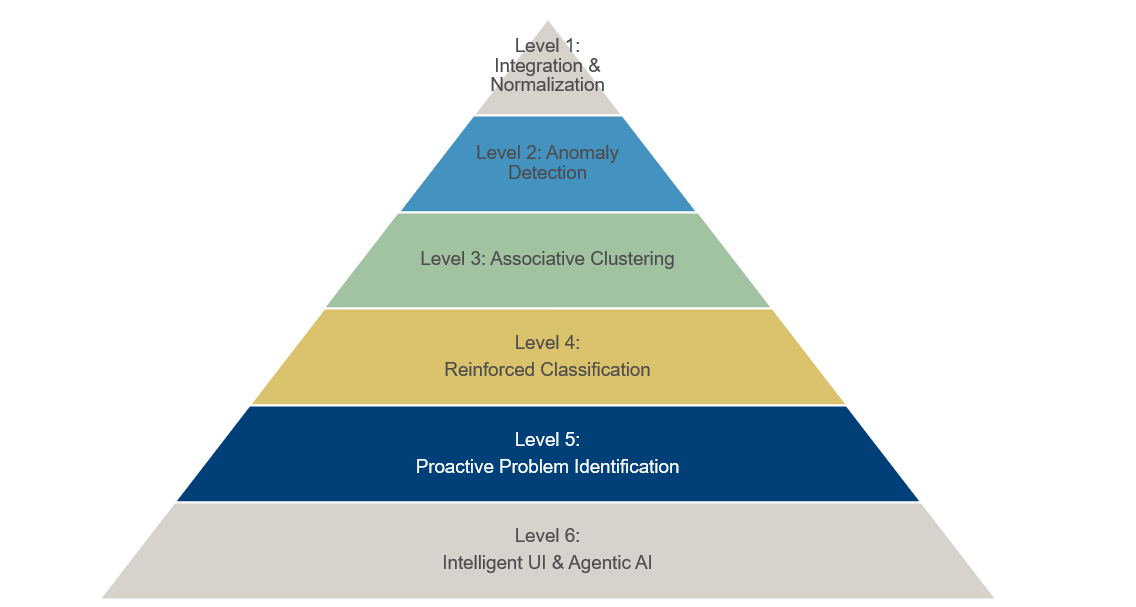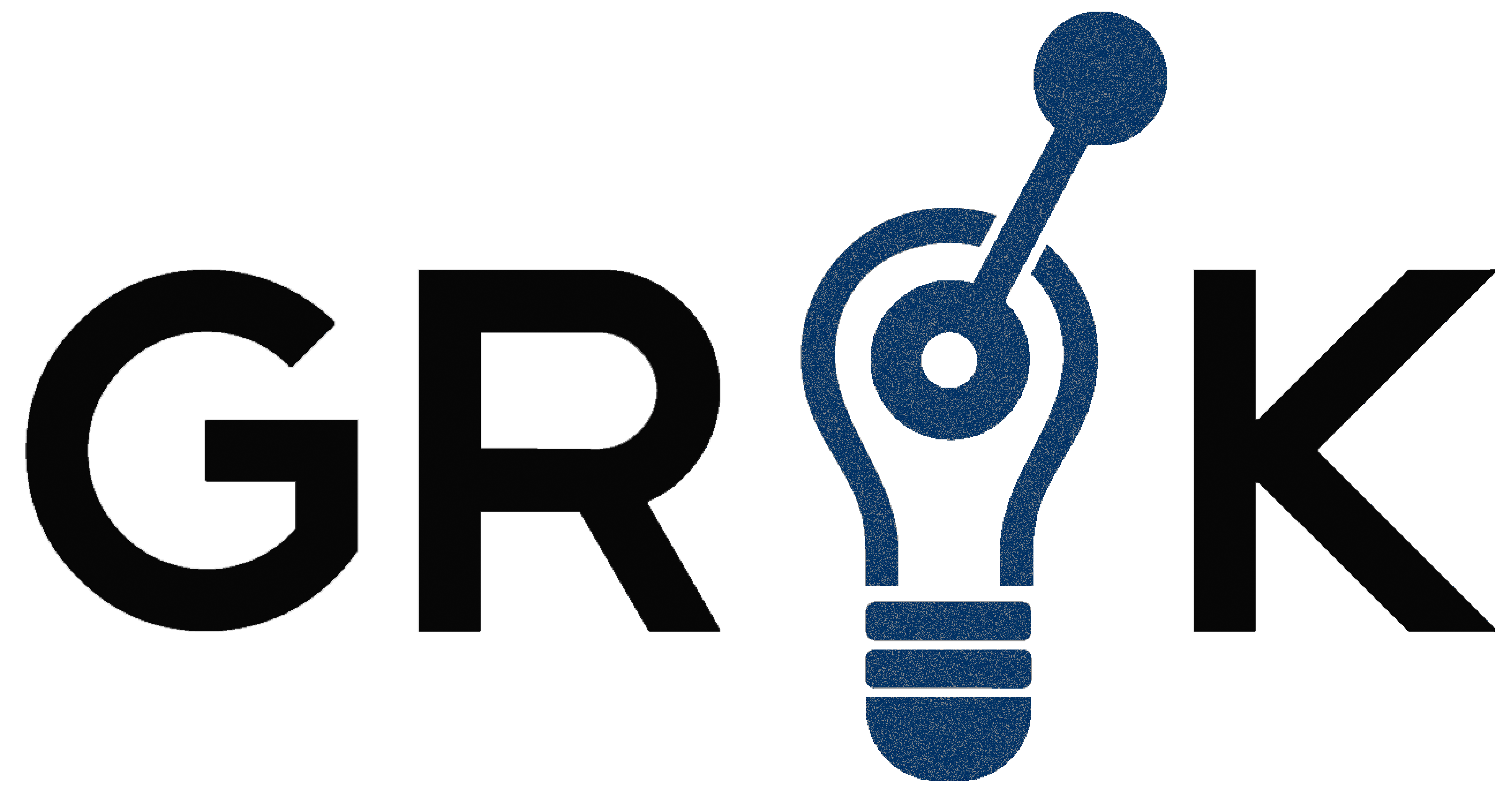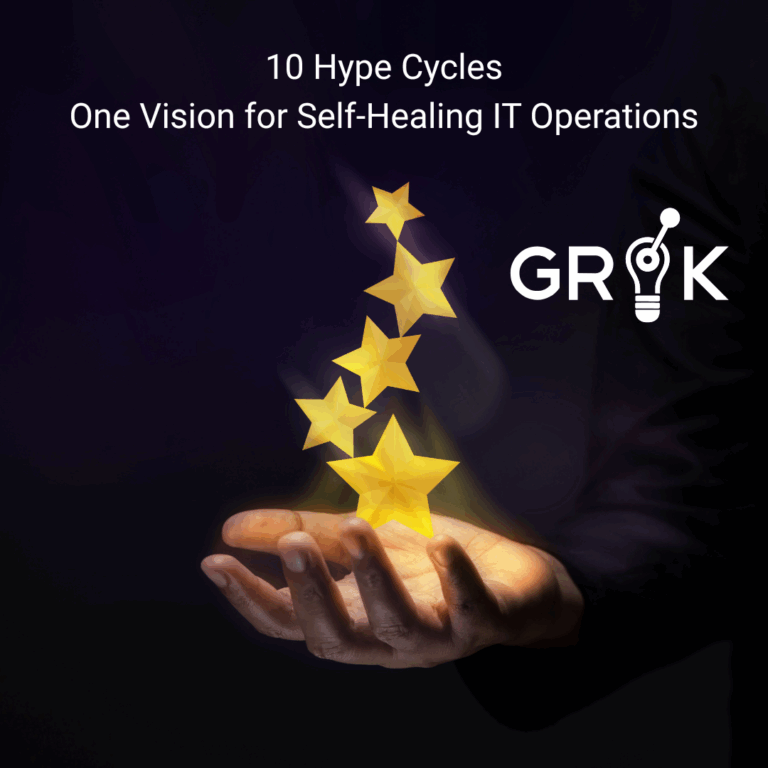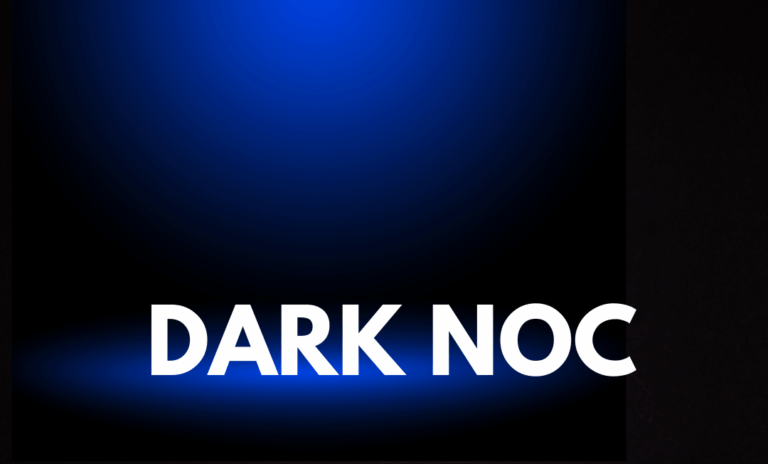In today’s digital-first world—where every second of downtime is a lost opportunity—IT operations teams are under more pressure than ever. Traditional Network Operations Centers (NOCs), once the cornerstone of IT reliability, are reaching a breaking point. The surge in event data, hybrid infrastructure, and real-time demands has exposed the limits of human-driven monitoring and rules-based automation.
Enter the Dark NOC—a fully autonomous operations model that doesn’t just assist humans, but empowers them. By taking over repetitive, time-sensitive decisions, AI frees teams to focus on higher-value initiatives. In this new paradigm, operations run in the background—quietly, intelligently, and without the lights on.
From Manual Oversight to Machine Intelligence
The transition to a Dark NOC isn’t simply about eliminating manual work—it’s about evolving through layers of intelligent automation. Each layer builds on the last to create a self-sustaining, AI-powered ecosystem. One of the most effective ways to understand this journey is through the AI/ML maturity stack:

Level 1: Integration and Normalization
At the foundation, raw data is pulled in from various observability systems—logs, metrics, and events—and shaped into a standardized format. Without this normalization, higher-order intelligence is impossible. For example, with Grok ®, its Dynamic Data Fusion capabilities ensure these inputs are enriched with context, creating a unified operational view.
Level 2: Anomaly Detection
Machine learning models monitor for subtle, early-warning signs of failure. Unlike threshold-based monitoring, ML can detect novel or unexpected behavior, allowing teams to act before issues escalate.
Level 3: Associative Clustering
Instead of treating each alert in isolation, associative clustering groups related events based on shared root causes. The result: drastically reduced noise and more focused remediation efforts, enabling teams to zero in on the issues that truly matter.
Level 4: Reinforced Classification
Here, the platform applies reinforced classification—continuously improving its ability to differentiate critical signals from benign noise. Only the most relevant issues are escalated, dramatically reducing alert fatigue and false positives while improving precision over time.
Level 5: Proactive Problem Identification
By spotting recurring issues, underlying patterns, and latent risks, AI enables proactive problem identification—not just management. Known fixes can be automated, while unresolved patterns are prioritized for deeper analysis. This aligns with broader ITSM goals, such as reducing OPEX and improving mean time to resolution (MTTR).
Level 6: Incident Prediction
At this stage, the system anticipates rather than reacts. Predictive models leverage historical trends to forecast incidents days in advance, giving teams the ability to act before customers are impacted.
Level 7: Intelligent UI and Agentic AI
At the top, Large Language Models (LLMs), ChatOps interfaces, and Agentic AI take center stage. These technologies interpret logs, explain root causes in plain language, share detection summaries, suggest remediations, and can execute multi-step workflows directly within collaboration tools like Slack or Microsoft Teams.
How This Powers the Dark NOC
Each layer of the maturity stack contributes to the Dark NOC vision:
- Integration & anomaly detection ensure complete visibility and early action.
- Associative clustering & reinforced classification automate and continually improve root cause analysis.
- Prediction & proactive problem identification enable prevention.
- Agentic AI closes the loop with context-aware decision-making and execution.
When all layers are in place, operations no longer wait on humans. Systems observe, analyze, predict, and resolve—autonomously.
Business Impact
Adopting this model delivers measurable outcomes:
- Faster MTTR with intelligent automation
- Lower operational costs through reduced manual labor
- Improved uptime and SLA compliance via predictive response
- Scalable operations as infrastructure grows
Most importantly, it frees human teams to focus on strategy, innovation, and customer value—not just firefighting.
Final Thoughts
The Dark NOC isn’t about replacing people—it’s about unlocking their potential. As ML, LLMs, and Agentic AI converge, we’re stepping into an era where IT systems are not only self-aware but self-healing.
Solutions like Grok® bring this vision to life—blending predictive incident detection, reinforced classification, proactive problem identification, and intelligent collaboration into one cognitive AI platform that makes the Dark NOC a reality.
Ready to See Grok in Action?
Whether you’re looking to reduce incident response times, empower your frontline teams, or gain deeper insights from your AIOps data—Grok is here to help.
Request a Demo to explore how Grok AIOps can accelerate your Network and IT operations strategy.





